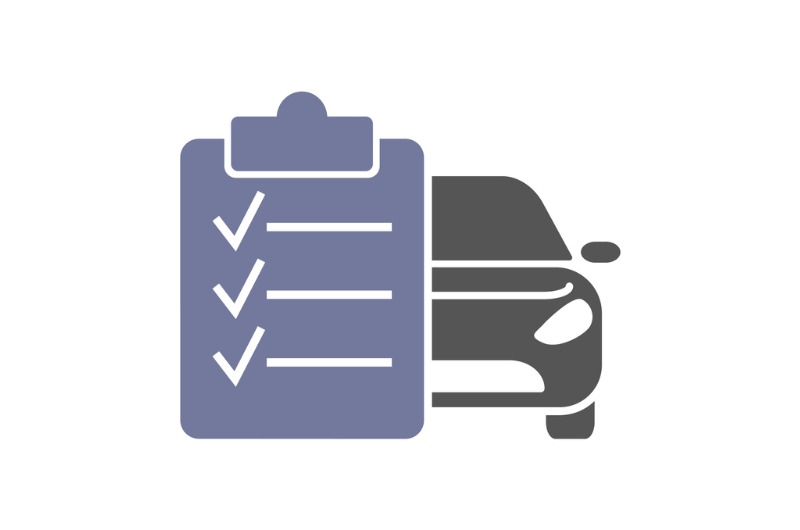Auto Trade-ins and Negative Equity
By: Federal Trade Commission
Published: September 5, 2019

"We'll pay off your loan no matter how much you owe."
Some car dealers advertise that when you trade in one vehicle to buy another, they will pay off the balance of your loan – no matter how much you owe. But some people owe more on their car than the car is worth. They have "negative equity," and for them, the dealer's promises to pay off their entire loan may be misleading.
The Federal Trade Commission (FTC), the nation's consumer protection agency, says that people with negative equity should pay special attention to vehicle trade-in offers. That's because although the ad claims that they will have no further responsibility for any amount of their old loan, the ad may be untrue. Dealers may include the negative equity in consumers' new car loan. That would increase their monthly payments by adding principal and interest.
Here's how that might play out: Say you want to trade in your car for a newer model. Your loan payoff is $18,000, but your car is worth $15,000. You have negative equity of $3,000, which must be paid if you want to trade-in your vehicle. If the dealer promises to pay off this $3,000, it should not be included in your new loan. Nevertheless, some dealers add the $3,000 to the loan for your new car, deduct the amount from your down payment, or do both. In either case, this would increase your monthly payments: not only would the $3,000 be added to the principal, but you would be financing it, too.
The FTC says that understanding how negative equity works in a vehicle trade-in can help you make a better informed choice about purchasing and financing a car, and help you identify whether the claims in car ads that promise to pay off your loan are misleading.
Federal law requires that before you sign a contract to finance the purchase of a car, the dealer must give you certain disclosures about the cost of that credit. Read them, and look for the details about the down payment and the amount financed. Make sure you understand how your negative equity is being treated before you sign the contract. Otherwise, you may wind up paying a lot more than you expect.
Dealing with Negative Automobile Equity
Here are some tips to help you avoid the snowball effect of negative equity:
- Find out what your current vehicle is worth before you negotiate the purchase of a new car. Check the National Automobile Dealers Association's (NADA) Guides, Edmunds, and Kelley Blue Book.
- If you have negative equity, either because of your current car loan or a rollover from a previous loan:
- think about postponing your purchase until you're in a positive equity position. For example, consider paying down your loan faster by making additional, principal-only payments.
- think about selling your car yourself to try getting more for it than its wholesale value.
- if you decide to go ahead with a trade-in, ask how the negative equity is being treated in the trade-in. Read the contract carefully, making sure that any promises made orally are included. Don't sign the contract until you understand all the terms, and the amount you will be paying every month.
- keep the length of your new loan term as short as you can manage. If the negative equity amount is rolled into the new loan, the longer your loan, the longer you will take to reach positive equity in the vehicle.
Where to Complain
To report problems with dealer advertising and sales and finance contracts, including ads that falsely promise to pay off the negative equity in your car loan, contact:
This article was previously available as Negative Equity and Auto Trade-ins and orginially apeared on the FTC website.





